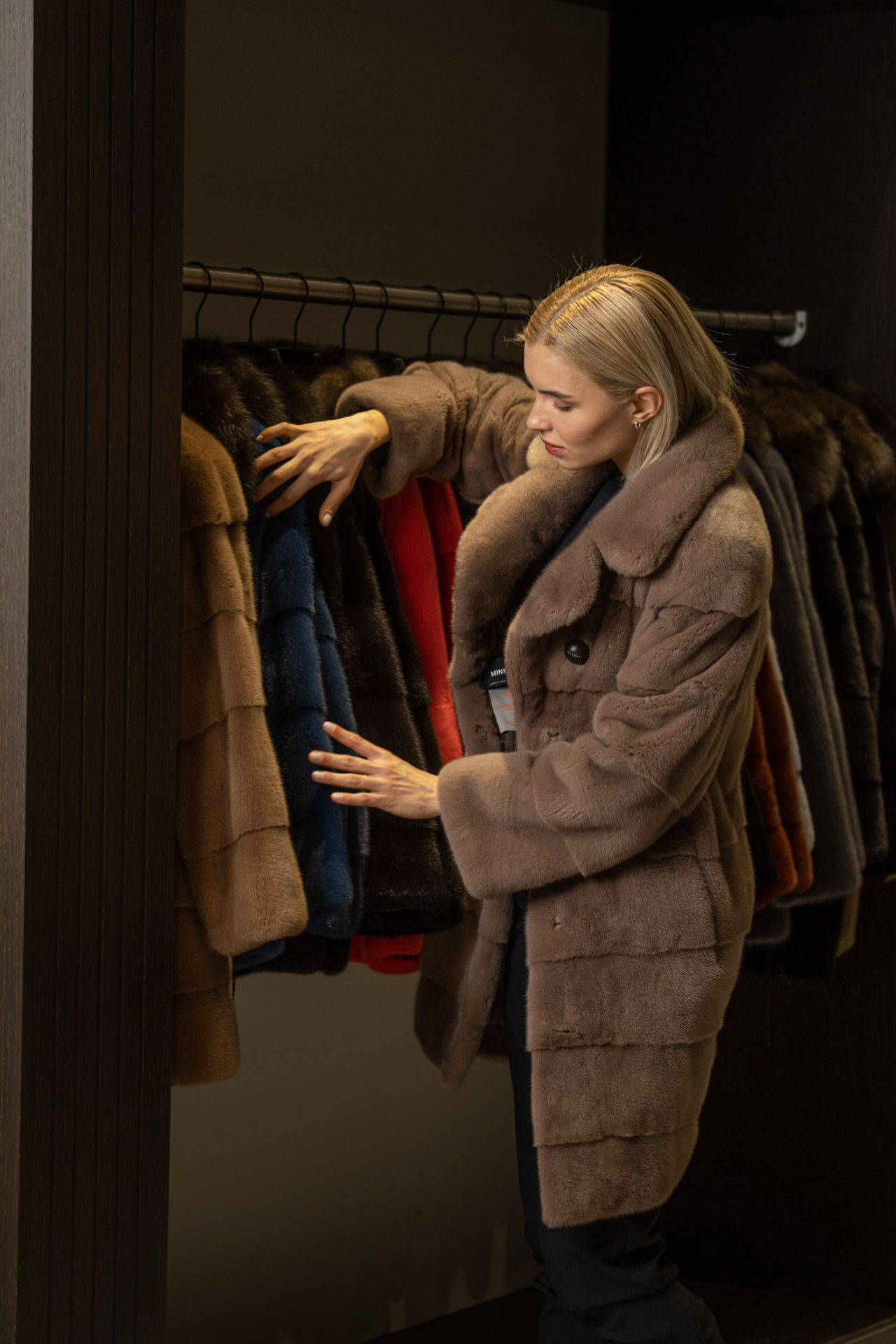Real fur coats are the epitome of luxury. They’re quite pricey and difficult to get by. How can you determine the quality of a fur jacket? How can you tell whether it’s made of genuine fur pelts? Fur coats are becoming increasingly popular, and more individuals are interested in purchasing genuine furs. Part of the reason for this is that genuine fur jackets have a distinct appearance and feel. Because they are so pricey, they have become a fashion statement.
Furthermore, when dressed appropriately, these fur jackets may elevate even the most basic of outfits. They keep you warm in the chilly weather while doing so. Even though they appear to be heavy, depending on the fur coat, they can be quite light. That is why the real fur coat industry is outperforming the synthetic fur sector. Furthermore, faux fur is harmful to the environment. Plastic poisoning kills more than 100,000 marine species each year.
As people are still interested in real fur coats, many people are selling low-quality fur coats for the same price as an elite-quality fur coats. That is why we have created a list of guidelines for determining whether a fur coat is of good quality before purchasing it.
The texture of the fur jacket
When it comes to distinguishing a good quality fur coat from a mediocre one, the texture of the fur is most likely the first thing that comes to mind. An excellent fur coat’s fur quality will naturally be silky soft to the touch and evenly distributed. A poor-quality fur coat, on the other hand, will contain clumps of fur and won’t feel fluffy at all. It will be more rigid, and this is the most fundamental first criterion for determining the quality of a fur coat. If you’re seeking to acquire a fur coat, keep in mind that real fur coats might also be of poor quality due to wear and tear. It doesn’t mean it can’t be a damaged piece just because someone says it’s a real fur coat.
Pelts and lining
The interior of the coat is just as vital as the fur quality of the coat. You should be sure to inspect it as well. Check the pelt beneath the fur to see whether it has been damaged. To retain a smooth texture, the pelt should be evenly proportioned and properly sewed together. Pull the fur away from the top to see the pelt underneath. Examine the coat’s lining, which will be found along the seams. If it has a French hem, it will be simple to examine it with your hand.
Fur-to-leather ratio
Leather is only used on the inner of fur jackets or to add some finishing touches. Obviously, there should be more fur than leather in a fur coat. However, if you’re searching for a coat that’s more leather than fur, you’ll want to look into it. However, because it is largely leather, it will not be termed a fur coat. If you desire a fur coat, though, be sure it has more than just leather. Keep in mind that if a coat has more leather than fur, the fur is likely to be of poor quality and, in some cases, not even genuine fur.
Jacket origin
You must ask this question in order to establish the coat’s quality based on the response. Some countries, produce low-quality coats that can be found at very low prices. North America and Europe, on the other hand, produce higher-quality jackets. Naturally, they are prohibitively expensive. With that in mind, you can obtain a sense of the coat’s quality, but this question alone will not be enough. It is preferable to inspect the coat oneself. Don’t only rely on one source of information.
Brand
It’s crucial to double-check because most people blindly trust branded stores and the products they sell. While this is true in most circumstances, it is not a sufficient cause to disregard the coat. Ask them the correct questions, as we said before, and inspect the coat’s texture and lining. Customers will not be duped by most branded stores. They will tell you the truth about whether or not the fur coat is of good quality. However, they may not always show you the whole picture. As a result, you must be quite certain before purchase, as the coat can be quite costly.
Learn more about real fur characteristics here





